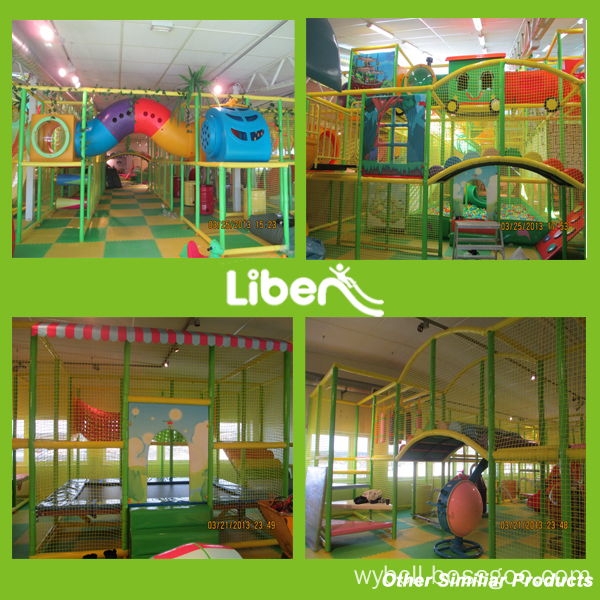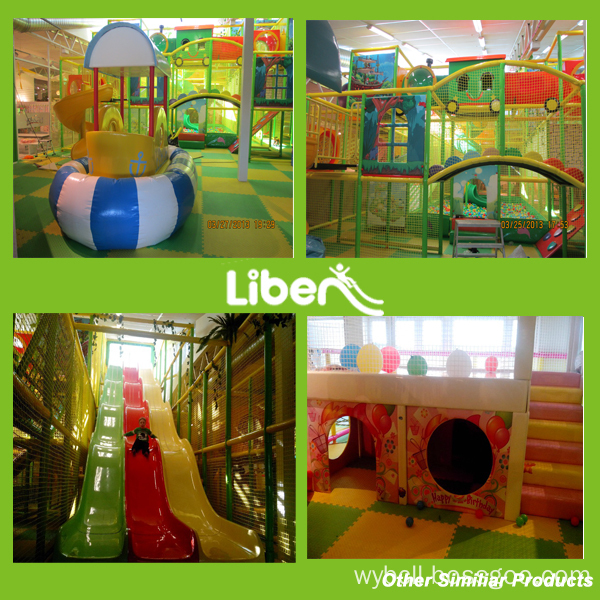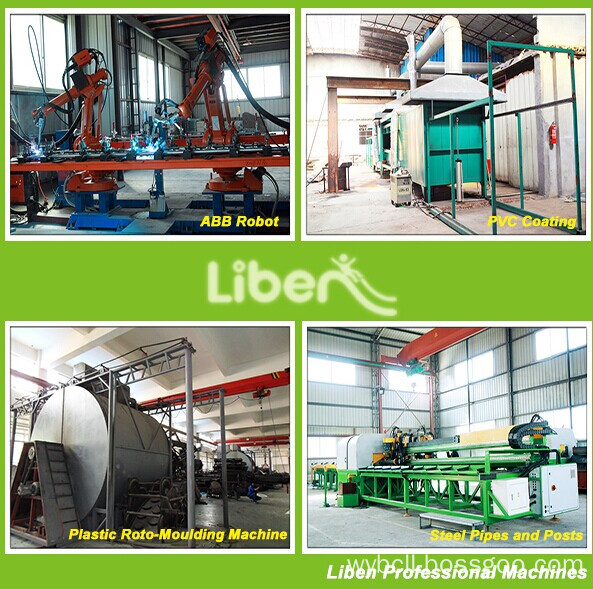Under this topic, two major issues should be addressed. The first question is what type of adhesive is environmentally friendly and what the environmental friendly adhesive should have. The second is the application and characteristics of environmentally friendly adhesives.
What kind of adhesive is an environmentally friendly adhesive, this is to start with the historical changes in the use of adhesives in packaging materials.
Soft composite packaging material refers to a packaging film or packaging bag made of a variety of plastic films, paper and aluminum foil, and bonded with an adhesive. In China, the industries that use various methods to manufacture composite packaging materials are starting from the mid-70s of the last century, the rapid development in the mid-1980s, the rapid advancement after the 1990s, and the formation of a complete industrial system. The industry, which is mainly based on dry compound methods, is mostly used in the packaging of food and medicine.
The adhesives used in dry compounding in China were firstly made of one-component solvent-based adhesives, and after 80 years of medium-term use of ester-soluble polyurethane adhesives, they have been used in large quantities until the 1990s. A solvent-free polyurethane adhesive emerged in the later stages. At the beginning of this century, water-based adhesives and alcohol-soluble adhesives appeared again. In recent years, non-solvent, water-based, and alcohol-soluble adhesives have been collectively referred to as environmentally friendly adhesives.
What kind of adhesive is the health and safety, environmental protection? This has to be analyzed and described on a case-by-case basis. It is necessary to contrast the content of non-toxic, harmless, health and safety, environmental protection, resource conservation, and energy consumption reduction.
One-component solvent type adhesive
It is based on synthetic rubber, combined with tackifiers, antioxidants and stabilizers, made with organic solvents, and some products also contain benzene. A bit like the current pressure sensitive adhesive, it can put all Substrate is bonded, cheap and easy to use. It was popular in the mid-1970s and mid-1980s. However, the fastness of adhesion is not high, heat resistance, water resistance, or resistance to rot of the medium, particularly residual solvents, odors, toxicity, and the risk of flammability and explosiveness. The requirements, so gradually eliminated since the mid-eighties, replaced by ester-soluble polyurethane adhesive.
Waterborne adhesives
Waterborne adhesives that have emerged in the last three or five years include water-based polyacrylates and water-based polyurethanes.
Water-based polyacrylate adhesive
It is copolymerized with acrylic acid, acrylate (methyl, ethyl, butyl, hydroxyethyl, etc.) and methacrylate. In this system, not only simple substances such as acrylate copolymers and water, but also residual catalysts or their decomposition products, free radicals, emulsifiers, and PH
Adjuvants, stabilizers, antifreeze, etc. Whether these auxiliaries are hygienic and safe are harmless to the human body. At present, there are no definite conclusions. Moreover, when introducing the product performance and application technology, enterprises that provide such products also specifically reminded that they cannot use pure water to dilute, but must dilute the mixture after “hedging†with water and isopropyl alcohol. We know that isopropyl alcohol is an organic solvent and has a boiling point of 82.4°C. It is a flammable and explosive primary flammable liquid. Isopropanol has stronger physiological effects on human body than ethanol. Its toxicity, narcotics, and irritation to mucous membranes are stronger than that of ethanol. Rat oral LD50 is only 5840 mg/kg body weight (ethanol is 13700 mg/kg body weight), only ethanol At 43%, it was reported that prolonged exposure to isopropanol may cause nasal cancer. Since the mid-1980s, the use of isopropanol was limited. Therefore, water-based polyacrylate adhesives like this cannot be called environmentally friendly adhesives.
$Page break $
Waterborne polyurethane adhesive
It replaces ethyl acetate with water, is odorless, tasteless, non-irritant, does not burn and explode, is safe to use, and is inexpensive. This is its advantage. However, to make water-based polyurethane adhesives, the substances contained in the system are as complex as the aqueous polyacrylate adhesives. These substances also have the same problem of whether they are hygienic and environmentally friendly. In the case of a two-component water-borne polyurethane, the "end-capping agent" that protects the -NCO group from chemical reactions with reactive water molecules in the component containing the -NCO group is more problematic in terms of hygiene and safety. Phenolic compounds, then its damage to human health is even more pronounced. It seems that waterborne polyurethane adhesives are also hardly environmentally friendly adhesives.
Alcohol-soluble polyurethane adhesive
Compared with the ester-soluble polyurethane adhesives that have been used since the 1950s, they are identical in terms of their base materials, except that the solvent used is ethyl acetate instead of alcohol.
Alcohol and ethyl acetate are both organic solvents. There is also the danger of flammability and explosion and the problem of air pollution. After more than six or seven years of research, it has found that the damage of alcohol to human health is very serious. The extensiveness and seriousness of ethyl acetate's damage to human health are even more terrible.
Alcohol has serious damage to human health. The reason is that alcohol (ie ethanol) is inhaled into the body and is oxidized under the action of oxidase to produce acetaldehyde:
O
(Oxidation) ‖
2CH3CH2OH + O2 --→ 2CH3-C-H + 2H2O
(alcohol) (oxygen) (acetaldehyde) (water)
American scientists believe that acetaldehyde, like formaldehyde, is a carcinogenic substance, so ethanol is not non-toxic.
In addition, from the toxicological description of the 86 edition of the “Solvent Manualâ€, it can be seen that alcohol is more severe and severe than ethyl acetate in terms of the extensiveness and severity of damage to human organs compared with ethyl acetate.
Ethanol (ie, alcohol), in addition to damage to the central nervous system and paralysis movements, can also cause gastritis, indigestion, chronic liver disease, cirrhosis, and even pancreatic and heart disease.
Ethyl acetate has an anesthetic effect. Its vapor irritates the eyes, skin, and mucous membranes. High concentrations of steam can cause liver and kidney congestion, and a large amount of continuous inhalation can cause acute pulmonary edema.
Ester-soluble polyurethane adhesive
With ethyl acetate as the solvent, only three types of simple substances, including polyurethane resin, FDA-approved additive, and ethyl acetate, may even contain only polyurethane resin and ethyl acetate, and no other substances are unknown. Its health and safety performance additives have been used in food and pharmaceutical composite materials since the late 1950s, and are still widely used. About 80% of composite materials in China are used to manufacture them. of.
As far as the rubber itself is concerned, after 50 to 60 years of actual tests, tests, researches, and long-term comprehensive safety toxicological evaluation tests, this ester-soluble polyurethane adhesive is hygienic and safe. Its LD50 is higher than 21500 mg. /kg body weight, MTD' is also greater than 20000mg/kg body weight, far higher than the highest safety level of 15000mg/kg body weight - this "nontoxic grade material" data, ethyl acetate used in ester soluble polyurethane adhesive, Is a flammable and explosive first-class flammable liquid that has stimulatory effects on humans, but does not cause much damage to human health. Therefore, the author believes that it is a binder product that meets the requirements of hygienic safety and green environmental protection.
Solvent-free adhesive
Solvent-free adhesives do not contain any solvent media other than rubber. They contain no toxic or hazardous flammable organic solvents (benzenes, alcohols, or esters), nor do they contain large heat capacity. , To use a lot of heat to dry the water, therefore, the use of solvent-free adhesives does not have the problem of poisoning to the operator's stimulation, there is no risk of combustion explosion, there will be no water vapor corrosion of mechanical equipment, and no exhaust emissions The problem of air pollution and environmental damage is that only polyurethane and FDA-approved, hygienic and safe auxiliaries are the only two types of components. It is even simple enough that there is only one type of polyurethane resin, and there is no longer any hygienic safety performance. It is more reliable than the ester-soluble polyurethane adhesive, and it is more hygienic and safe if it is aliphatic.
The use of solvent-free adhesives eliminates the need for bulky heating, air blowing, and exhaust systems. It is more energy-efficient than water-soluble and ester-soluble, and mechanical equipment is simpler and more compact. Its compound start-up speed is high and the highest possible. 600 meters per minute, most of which are 400 to 480 meters, four to five times that of water-based glue, and three to four times that of solvent-based, so labor productivity is high and production costs are low. Since the solvent-free adhesive is 100% available, the amount of glue per square meter of area is small and generally does not exceed 2 grams, thus saving resources and lowering the cost of the adhesive.
Various adhesive comparison results
From the perspective of non-toxic and harmless to the human body, no waste gas, environmentally friendly, non-inflammable, non-explosive, energy-saving, high-speed, high-yield, resource-saving, etc., solvent-free adhesives are truly “environmentally friendly adhesivesâ€. ;
Ester-soluble adhesive with ethyl acetate as a solvent, is a hygienic and environmentally friendly adhesive;
Alcohol-soluble polyurethane adhesives, because they contain a large amount of alcohol and some additives whose unknown health safety is not reliable, it is difficult to describe it as a hygienic, safe and environmentally friendly adhesive;
Water-based polyacrylate adhesives, compared with alcohol-soluble adhesives, only have the advantages of non-inflammable, non-explosive, non-irritating, and low-cost water, but they are also used for hygienic safety and use a mixture of “hedging†with isopropanol and water. Can be diluted to see, it is not really consistent with the health and safety, green environmental protection adhesive;
One-component pressure-sensitive adhesives, which are pressure sensitive adhesives containing benzene solvents, are not hygienic and environmentally friendly adhesives. $Page break $
Application and Characteristics of Environmental Friendly Adhesives in Composite Materials
Solvent-free polyurethane adhesives, whether aliphatic or aromatic, are available in both single- and two-component types.
One-component solvent-free polyurethane adhesives and one-component solvent-based polyurethane adhesives are materials of the same molecular structure and are all polyisocyanate groups (ie,
-NCO) polymers with a certain size and molecular weight:
H O O H
| ‖ ‖ |
OCN -R -N -C -O -(~~~~)n -O -C -N -R -NCO
|
R---NCO
One-component solvent-free polyurethane adhesives are cured by moisture vapour cross-linking. Under normal circumstances, at least one of the substrates to be composited is a material with a high water vapor transmission rate, such as paper or fabric, or a large amount of water is retained on the surface of the substrate or quantitatively humidified (ie, sprayed) during compounding. Steam) so that the isocyanate groups in the glue can be cross-linked and cured. However, when using such adhesives, the amount of humidification is more difficult to control and the quality of the product is difficult to grasp. Therefore, similar to the dry-type compounding process, the most widely used is still a two-component solvent-free polyurethane adhesive.
| Measurements (m) | can be customized |
| Certificate |
ISO14001, ISO18000, ISO9001 Certificate,
and GS certificate from TUV Company of Germany.
|
| Color | Various, according to your requirements |
| Materials |
A. Plastic parts: Imported LLDPE E. Outer cover: Soft Covering PVC
(Different material is available according to your needs)
|
| Advantage |
a.Anti-UV
b.Anti-static
c.Security
d.Environmental protection e.Uneasy to lose shape |
| Function |
1.Can protect children safe when they playing indoor, and let they enjoy the play freely 2.Suitable for improving Children energy and imagination 3.Helping them grow up happily, cleverly, and healthily |
| Installation | Professional CAD instruction, assembly procedure and project case . |
| Age Range | Children |
| Apply to | Amusement park, gymnasium, Kindergarten, Preschool, etc. |
| Packing | Standard export packing |
| Remark |
We can design and produce as your requirements |







Children Furniture, Children Room Furniture, Children Furniture Sets, Kids Toy Storage
Liben Group Corporation , http://www.indoortrampoline.de